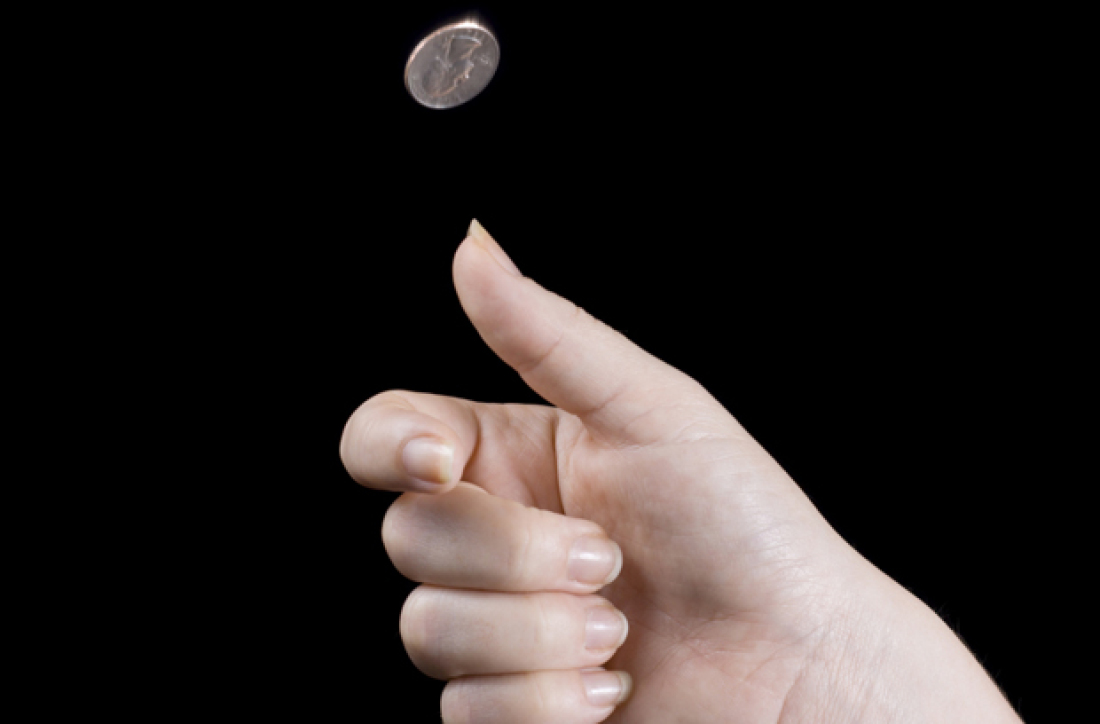
If we flip a coin, we will have 50% of chance getting head and 50% of chance getting tail. The question is: how many numbers of time shall we flip to get 3 consecutive heads?
The question should also be asked with confidence. Before that, let's change it to a math question.
We know \(P(H) = 0.5\) and \(P(T) = 0.5\). Each flip is \(i.i.d.\). So it is easy to know that the probability that we get 3 consecutive Head is:
But the question is not asking about the probability. It is asking about how many times we need to flip to get 3 consecutive heads.
I try to write the distribution of the random variable but I cannot right now. So I did a simple simulation to estimate it. In the same way, I will ask the question as how many times shall I flip to get 3 consecutive heads with 90% confidence? The answer I got is 18.
import numpy as np
def test():
i = 1
while True:
x = np.random.randint(0, 2, 3)
xsum = x.sum()
if xsum == 3:
#print(x)
return i
i += 1
res = []
for j in range(10000):
res.append(test())
res = np.array(res)
np.percentile(res, 90)
18.0
And the average number of flips to get 3 consecutive heads is 8, which is consistent with our feeling because the probability of get this event is \(\frac{1}{8}\).
np.mean(res)
8.0066000000000006